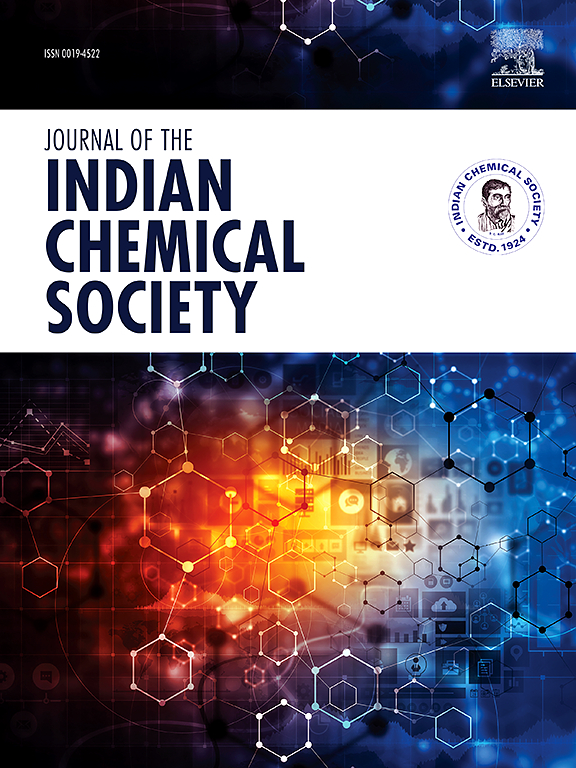通过Lemna minor表型将深度学习与支持向量机和随机森林分类器相结合的水生金属污染物评估
IF 3.2
4区 化学
Q2 CHEMISTRY, MULTIDISCIPLINARY
引用次数: 0
摘要
水是地球上生命的重要来源。由于城市化、工业发展和其他各种人类活动,这些水受到微生物、杀虫剂、化学溶剂和金属污染物的污染。这种被污染的水用于灌溉时,可能会降低作物的品质和产量。本研究提出了一种新的方法来分析水的质量与金属污染物,如砷(as),铜(Cu),铅(Pb)和汞(Hg)使用Lemna Minor作为生物指标。在已知的金属污染的水样和从水库收集的水上生长小柠檬。在这种培养基上生长的小柠檬的图像被处理用于研究。结合图像处理和机器学习技术对水中金属污染物进行评估。本研究首先尝试了VGG16和VGG19模型。由于这些模型存在过拟合问题,因此尝试将VGG - 16模型的特征与多类分类器相结合。使用随机森林分类器的VGG16在评估水中金属污染物方面的准确率为98.41%,而使用支持向量机分类器的VGG16在评估水中金属污染物方面的准确率为99.77%。将改进的VGG- SVM模型扩展到12个类别,用于评价灌溉用水的适宜性,分类精度达到84%。这些混合方法的实施是首次通过使用小Lemna表型的图像处理来识别水中金属污染。本文章由计算机程序翻译,如有差异,请以英文原文为准。

Assessment of waterborne metal contaminants by integrating deep learning with support vector machine and random Forest classifiers through Lemna minor phenotyping
Water is an important source of life for living beings on the earth. Due to urbanization, growth in industries and various other human activities, this water is polluted by microbes, pesticides, chemical solvents and metal contaminants. Such polluted water may degrade the quality of the crops and yield when utilized for irrigation. This research proposes a novel methodology to analyse the quality of water with respect to metal contaminants such as Arsenic (As), Copper (Cu), Lead (Pb) and Mercury (Hg) using Lemna Minor as a bio-indicator. Lemna minor was grown on known metal contaminated water samples as well as water collected from reservoir. The images of Lemna Minor grown on this medium were processed for the study. Image processing and machine learning techniques are integrated to assess the metal contaminants in water. In this research, VGG16 and VGG19 models are attempted initially. Due to over fitting issues encountered with these models, integrating the features of VGG 16 model with multiclass classifiers is attempted. VGG16 with Random Forest classifier produced an accuracy of 98.41 % whereas with VGG16 with SVM classifier produced an accuracy of 99.77 % in assessing the metal contaminants in water. The modified VGG- SVM model is extended for 12 class classification for assessing suitability of water for irrigation produced a classification accuracy of 84 %. Implementation of these hybrid methodology is first of its kind for the identification of metal contamination in water through image processing using the Lemna Minor phenotyping.
求助全文
通过发布文献求助,成功后即可免费获取论文全文。
去求助
来源期刊
CiteScore
3.50
自引率
7.70%
发文量
492
审稿时长
3-8 weeks
期刊介绍:
The Journal of the Indian Chemical Society publishes original, fundamental, theorical, experimental research work of highest quality in all areas of chemistry, biochemistry, medicinal chemistry, electrochemistry, agrochemistry, chemical engineering and technology, food chemistry, environmental chemistry, etc.

 求助内容:
求助内容: 应助结果提醒方式:
应助结果提醒方式:


